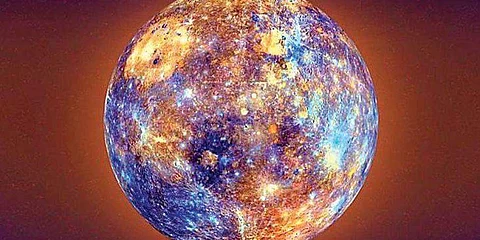

Researchers at the Indian Institute of Technology (IIT), Guwahati, claim to have found important clues to understand the death of massive stars and have also revealed the problems with the existing models. The research in collaboration with Max Planck Institute for Physics, Munich, Germany, and Northwestern University, USA, has also been published in the international journal Physical Review Letters (PRL).
"Supernovae -- the super explosions at the time of death of large massive stars -- are considered to be the cradle of birth for new stars and synthesis of the heavy elements in nature. At the end of their life, the stars, especially massive ones, collapse resulting in an immense shock wave that causes the star to explode, briefly outshining any other star in its host galaxy. "The study of supernovae and the particles they release helps us understand the universe because almost all matter that makes up the universe is a result of these massive explosions. However, the mechanism of these super explosions is not yet completely solved and has remained one of the enigmas of nature," said Sovan Chakraborty, Assistant Professor, Department of Physics, IIT Guwahati. According to the team, the solutions to the toughest challenges to the core collapse mechanism of the huge supernovae come from the tiniest subatomic particles called neutrinos.
"During the core collapse supernova explosion, neutrinos are created in several particle processes. Due to their neutral nature and extremely weak interaction with stellar matter the neutrinos escape the dying star and carry 99 per cent energy of the collapsing star. Thus the tiny neutrinos are the only messenger bringing information from the deepest interiors of the star. Neutrinos on the other hand have their own complexities," he said.
"This information is very crucial for the reason that in the extremely dense supernovae core neutrinos interact with other neutrinos and may interchange flavors. This conversion may happen rapidly (in nanosecond time scale) and flavor interchange can affect the supernovae process as the different flavors are emitted with the different angular distribution. "These 'fast' conversions are nonlinear in nature and are not confronted in any other neutrino sources but supernovae. We for the first time did a non-linear simulation of fast conversion with all' the three neutrino flavors in supernovae," Chakraborty added.
